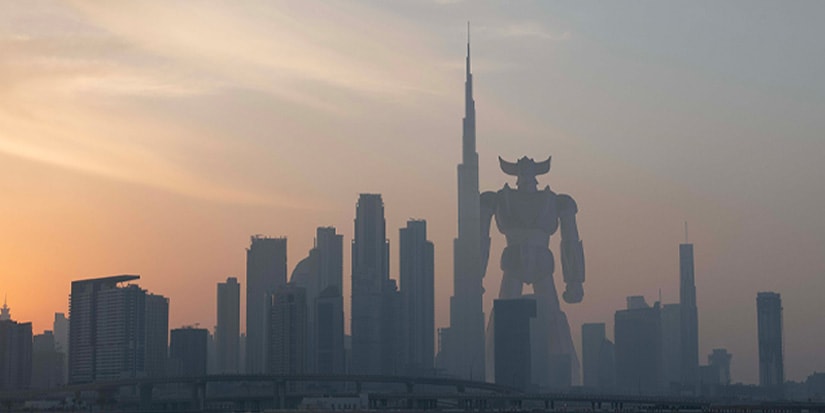
The world of anime is vast and highly influential. It has one of the largest fandoms in the world and that’s no different in the Middle East. Taking Hypebeast on his personal journey, anime’s influence in the region as well as how it continues to inform his work, Palestinian artist Rami Afifi reflects on his admiration for the Arabic dubbed Grendizer and how it created a sense of belonging during his formative years.
We inhaled any anime we could. At the time, anime meant Arabic daytime cartoons. Growing up, we had the classics like Tom & Jerry, Mickey Mouse and Looney Tunes, but it was anime that captivated us. At the time, we thought shows like Captain Majid (Captain Tsubasa), Grendizer (UFO Robo Grendizer), Sunshiro (Plawres Sanshiro) and Al Rajol Al Hadidi (Dinosaur War Izenborg) were Arabic cartoons. How could we not? They were dubbed (incredibly well) in Arabic, the names were localized and they even had some of the greatest theme music. In fact, the theme song for Grendizer and Treasure Island put Lebanese singer Sami Clark’s name on the map.
To us, these cartoons were Arabic. We saw ourselves as heroes in them. When we’d watch Looney Tunes, Popeye or anything Disney, Arabs were big burly men with beards and turbans and were often horrific villains or inept clowns. While watching Captain Majid, we saw ourselves as the champions of the world, we saw a narrative that gave us confidence and pride. I may have been known as Omar, the useless but lovable teammate who could never score (yeah I sucked at sports), but the rest of the team were also Arab and incredible. Maybe it helped that anime characters were so ethnically non-specific that they could be from anywhere and that’s why we related.
To many of us, however, Grendizer was the show. It was not only big in the Middle East but Italy, Spain and France too (known there as Goldorak/Goldrake). It resonated so much because of how adult the themes were, unlike the carefree antics of Mickey Mouse, after all, growing up, we’d only have access to one, maybe two local channels. When we watched the news it was pretty unfiltered. When I met Go Nagai at a cultural talk in Jordan, he mentioned that his cartoons were often realistic and harsh because life is harsh. He wanted to prepare his audience for the hardships they’d face ahead instead of hiding the ugly truths of the world. In that sense, anime was much more relatable to us than the fantasy world of Mickey Mouse.
Nagai also mentioned that the geopolitical climate in the Middle East truly helped the show’s success. After all, the Middle East was pretty turbulent. In Grendizer, Fleed (the hero) is a refugee from an alien planet. His new home is invaded by the same aliens that forced him off his home planet. We watch as he battles these forces and struggles against them. The hardships he faces felt very familiar. His personal battles resonated with us – his search for an identity as a refugee and his fight to protect his home.
Recently, the MiSK Foundation put out a Saudi Arabian–Japanese co-production in collaboration with Saudi-led company Manga Productions and the owners of Grendizer, Japan’s Toei Animation. The film, titled The Journey, centers around Aws Ibn Jubair, film about the battle over Mecca. In a full circle moment, the Arabic anime premiered in Japan to high acclaim. In a world where representation didn’t exist, these shows acknowledged us.
[embedded content]
In a world where life was uncertain, these shows mirrored our realities. The influence has been so deep that there has been some reference to Grendizer, Captain Majid or any one of these anime series in over 50% of my work. It is a birthright as an Arab artist to create your spin on Grendizer. So, to see us give back to a culture that was seminal to our childhoods shows the importance that something as minuscule as a cartoon can have on entire nations.
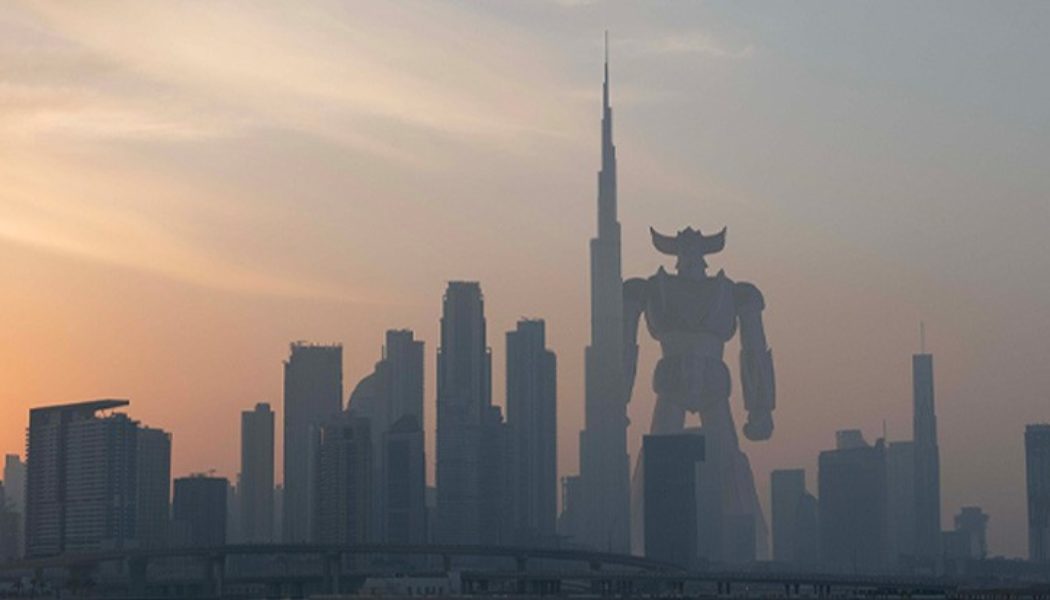
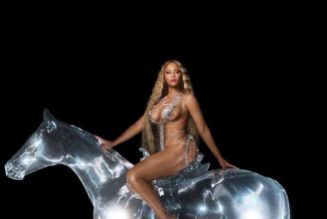

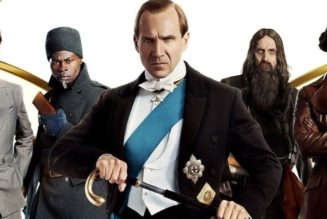

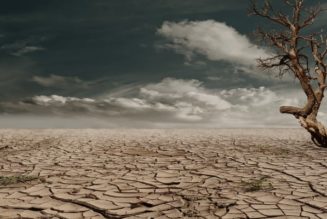

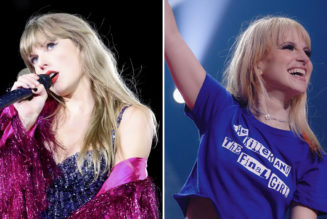
Tagged: ENTERTAINMENT, FEATURES